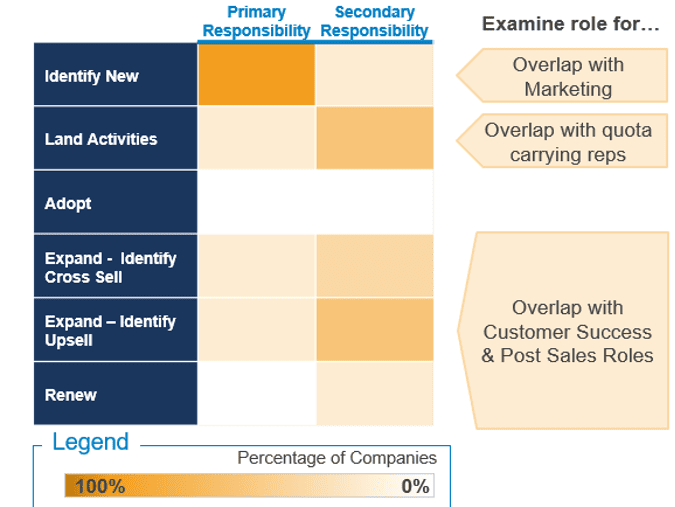Re-thinking Lead Generation

Emerging demand generation models in healthcare
Our research indicates that 72% of companies are increasing their lead generation headcount investment for 2021, while less than 20% will supplement their Sales headcount. What is behind this drive to increase lead generation activities, and how are healthcare firms looking to capitalize on this investment?
Effective lead generation requires cross-functional collaboration
Lead generation is evolving. Gone are the days when Marketing set up a campaign and “threw it over the wall” to Sales. Today, it is about working cooperatively. Successful lead generation operates at the intersection of Sales and Marketing. As part of their strategy to attract new customers, Marketing uses digital tools to create, track and test campaigns that generate leads. Specialized resources follow-up on qualified leads, who then present the leads to sales reps.
However, departmental lines are frequently blurred. Overall, Sales typically has the responsibility for closing high-quality leads while the cross-departmental teams stay connected to customers and prospects using digital tools. Marketing may remain involved throughout the buying stage and in the implementation process. Sales and Service may overlap, with Sales participating in Service functions to identify upsell opportunities or ensure customer satisfaction and desired patient outcomes.
Marketing, Sales, Customer Success and Service now rely on advanced CRMs, social media, email, chat, phone and text to connect with customers and prospects and solicit feedback. Growing the business means companies must weed out the digital noise, identify highly qualified prospects and collect valuable customer insights across the organization.
Customer experience is at the heart of lead generation
While the pandemic created a greater need for Marketing, Sales and Service to work together, the underlying challenge was to become more agile. How would a start-up adjust to changing market needs? How would they deploy their resources in a nimble way that delivered a top-tier customer experience, especially during a crisis? Bereft of organizational inertia, and legacy IT investment, the start-up leader would likely take a “connected view” of marketing, sales, and service and invest in the tools, talent and technology to enable an agile response to customer demands. More mature healthcare leaders are looking to emulate these same guiding precepts, realigning their business model to protect their customer base while growing new markets by being able to quickly pivot to meet changing needs in the marketplace.
Customer experience is now the central focus of sales and marketing programs. Even before the pandemic, customers wanted their suppliers to be “easy to do business with,” which undoubtedly varies by product, service or sector. It is no longer a question of in-person vs. digital-only, but a both/and approach. Our client research indicates that customers appreciate in-person contact at the beginning of a relationship and welcome virtual interactions to support the on-going relationship. Remote selling has been useful for some companies, allowing them to create video conference “rooms” for key players that would be impossible to gather in-person. Generally, it comes down to a connected, omnichannel, approach that allows you to nurture relationships and build affinity by providing the digital tools, insights and expertise to support your customers when and where they need it.
Realign the sales process for improved lead generation
As healthcare companies incorporate more technology into their lead generation activities, they discover that a digital infrastructure requires both investments in tools and talent. Since digital marketing is not their core skill, healthcare firms must decide if they are ready to invest in the technology and roles necessary to build the function. Do they nurture the digital skills and invest in advanced technology, outsource it to a third-party, or choose another alternative?
There is no one-size-fits-all approach. However, companies must decide what role they want to play in the lead generation process before strategically investing their resources. We suggest looking at the sales process differently, expanding it to include steps to:
- Identify new customers
- Land clients
- Adopt and onboard
- Expand & identify cross-sell opportunities
- Expand & identify upsell opportunities
- Renew clients
Companies can assign both primary responsibility and secondary responsibility for each selling activity, overlapping Marketing, Sales, Service, Customer Success and even third-party players’ responsibilities. However, looking at the Sales process through the lens of these six activities helps companies identify where and when to invest their resources, adapting to their product portfolio and sales cycle.

For more information, contact an Alexander Group Healthcare practice leader. You can also participate in our healthcare research or register for other upcoming virtual roundtables.